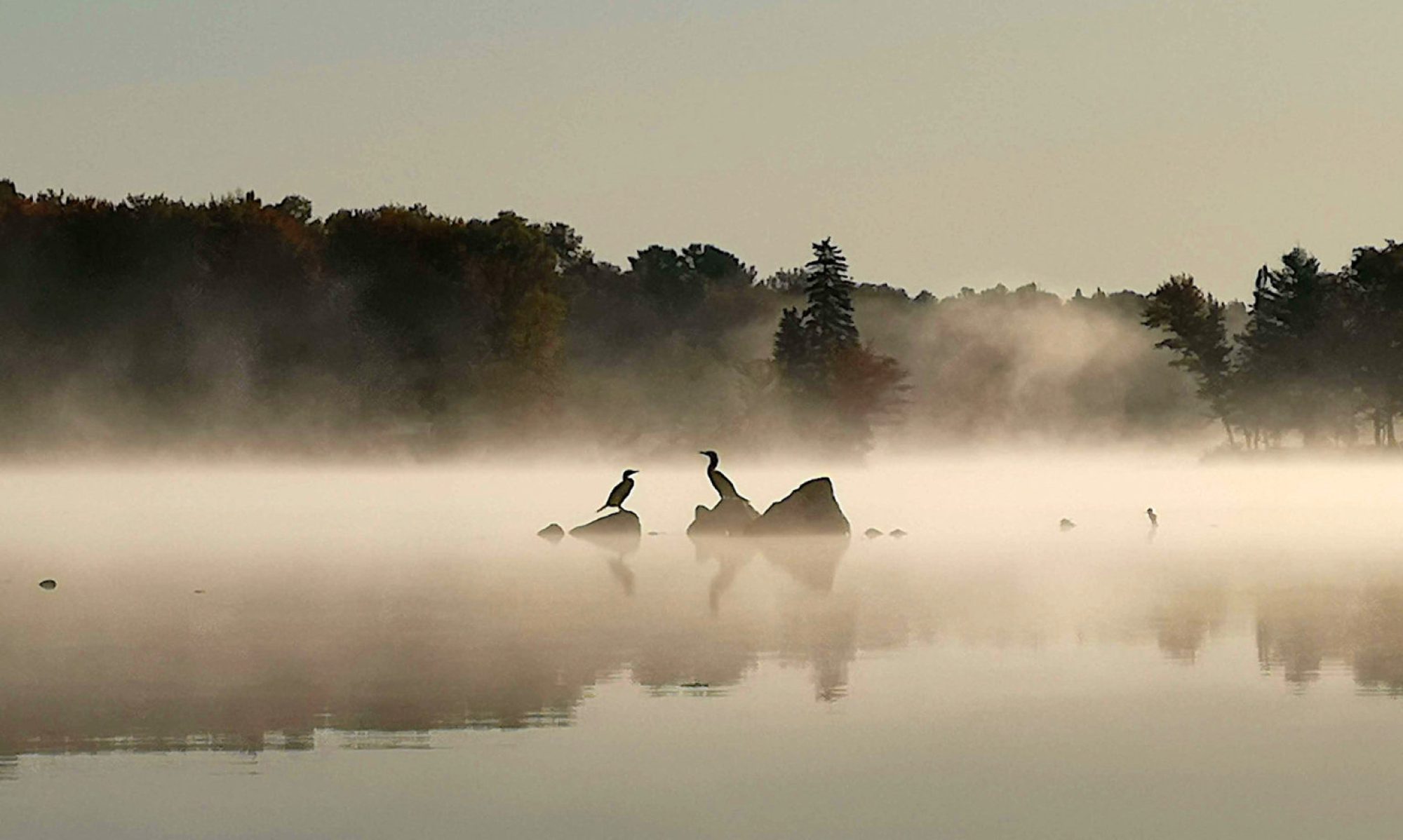
From Sujatha Gidla in LitHub: “When people in this country ask me what it means to be an untouchable, I explain that caste is like racism against blacks here. But then they ask, “How does anyone know what your caste is?” I explain it like this. In Indian villages and towns, everyone knows everyone else. Each caste has its own special role and its own place to live. The untouchables, whose special role is to labor in the fields of others or to do other work that Hindu society considers filthy, are not allowed to live in the village at all. They must live outside the village. They are not allowed to enter temples, or to come near sources of drinking water used by other castes. But how do people know your caste when you go elsewhere, to a place where no one knows you? There they will ask you, “What caste are you?” And you cannot refuse to answer.”
Why American diners look the way they do

From Jason Kottke: “Architect Michael Wyetzner says that American diners took their cues from trains – the word diner came from the dining car on a train. Many of the design elements in a diner are based on the necessities of dining on a train in a railroad car, like booth seating and counter seating, and an open kitchen. On the exterior, you have that stainless steel smooth curvature, you’ve got that Art Deco typography. And then on the interior you have the checkered floor, you have the booths, you have the globes, and you have the jukebox. In the early part of the 20th century, trains were the dominant form of travel. If you look at some of the earliest diners, they were in fact, actual train cars that were placed permanently on the ground.”
Note: This is a version of my personal newsletter, which I send out via Ghost, the open-source publishing platform. You can see other issues and sign up here.
Continue reading “What it’s like to grow up as an Untouchable in India”

























